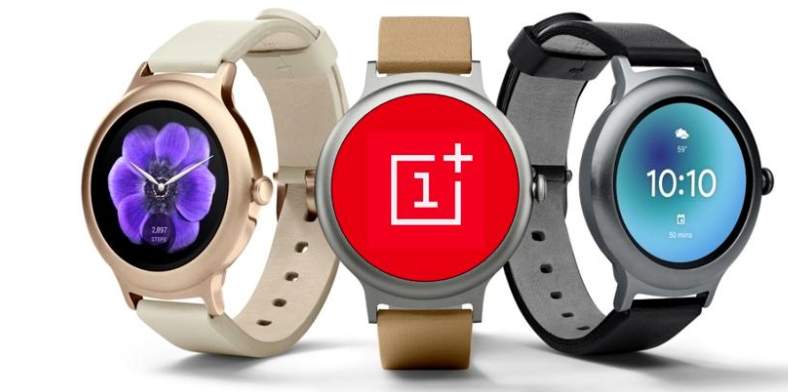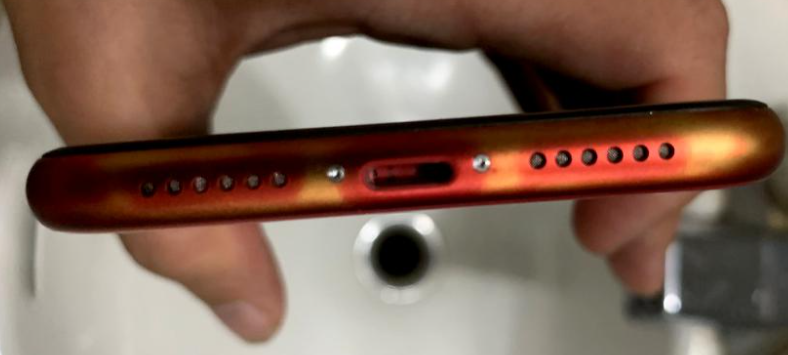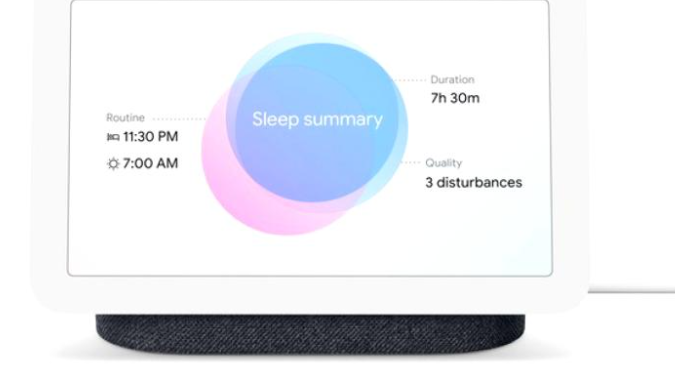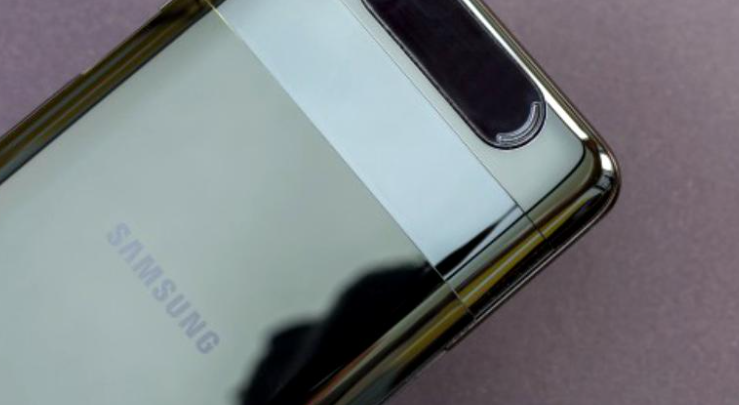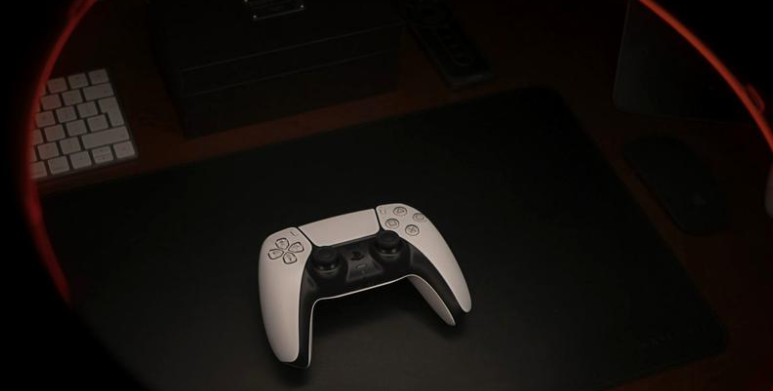
PlayStation 5 is extremely hard to find for many consumers eager to get their hands on the latest Sony game console. Why this madness?
When the PlayStation 5 was released in the fall of 2020, it was almost impossible to find. The company sold 4.5 million units in the launch quarter – an impressive figure for a console that seems impossible to buy. Five months later, spring is almost here, and Sony’s hugely popular gaming console remains as hard to find as it once was.
Although supplies have been frequent, demand for the PS5 continues to far exceed supply, and unfortunately it looks like Sony won’t be able to meet demand soon.
The global microchip shortage and the ongoing global pandemic both affect Sony’s ability to produce more PS5s. Ryan said, however, that the supply situation “will begin to improve, hopefully soon enough.”
Meanwhile, some bots regularly buy new stocks whenever a new tranche of consoles hit stores, both online and physically. The units sell out in seconds and are often resold on parallel sites at infinitely higher prices.
Problems with the supply of state-of-the-art video game consoles, especially during special releases, are nothing new. For example, the launch of PlayStation 2 in October 2000 produced a situation similar to today. Then this console came with a very improved graphics and a fast reaction of the controller, which allowed game developers to create more ambitious worlds, characters and stories. The same could be said about the leap from Super Nintendo to Nintendo 64. These consoles may have initially attracted consumers with brilliant hardware specifications, but their impact on content and storytelling is ultimately deeper. Relatively minor updates to the PlayStation 5 may also have similar effects.
The current lack of PlayStation 5 therefore extends into the spring, with analysts warning that a crisis in the semiconductors behind these consoles “will worsen before they improve in 2021.”
Meanwhile, social networks, game publications and international news sites have created a massive system of real-time tracking of new console quantities at major retailers.
This is not the only new gaming hardware that has not been able to meet the impressive demand of recent months. Microsoft released the Xbox Series X / S two days before the PS5, and Nvidia released its GeForce 30 series graphics cards for PC gamers a month before the console’s launch. Both products continue to sell. In the early months of the pandemic, Nintendo struggled to keep up with demand for the Switch. There is a massive appetite for new gaming hardware in general. But the PlayStation 5 stands out for the durability of its market dominance and the high size of its hype. It is about to become the best-selling video game console of all time, despite the fact that it is almost impossible to purchase even a few months after its launch.
Given the pandemic, Sony has limited retailers to online sales only at launch for PS 5. That’s where the problems started. Sony, Amazon and other retailers have frustrated consumers in various ways. Amazon sold consoles before publishing them on the site. Twitter users circulated links that bypassed storefronts and sent them directly to checkout with an unlisted console mysteriously added to the cart. Websites have crashed. Worse, the sites ran slowly but steadily until the pre-orders were processed, respectively until the last checkout steps, and then collapsed. Sony apologized. But four months later, retailers and consumers are more or less in the same place as before, underscoring the fragile web infrastructure and fragile supply chains that continue to supply overwhelming demand for new consoles.
Analysts say that in many ways, companies do not want to meet the initial demand. They want to have a continuous gap between supply and demand. They want to have excitement around the launch for a longer period of time, he says.


